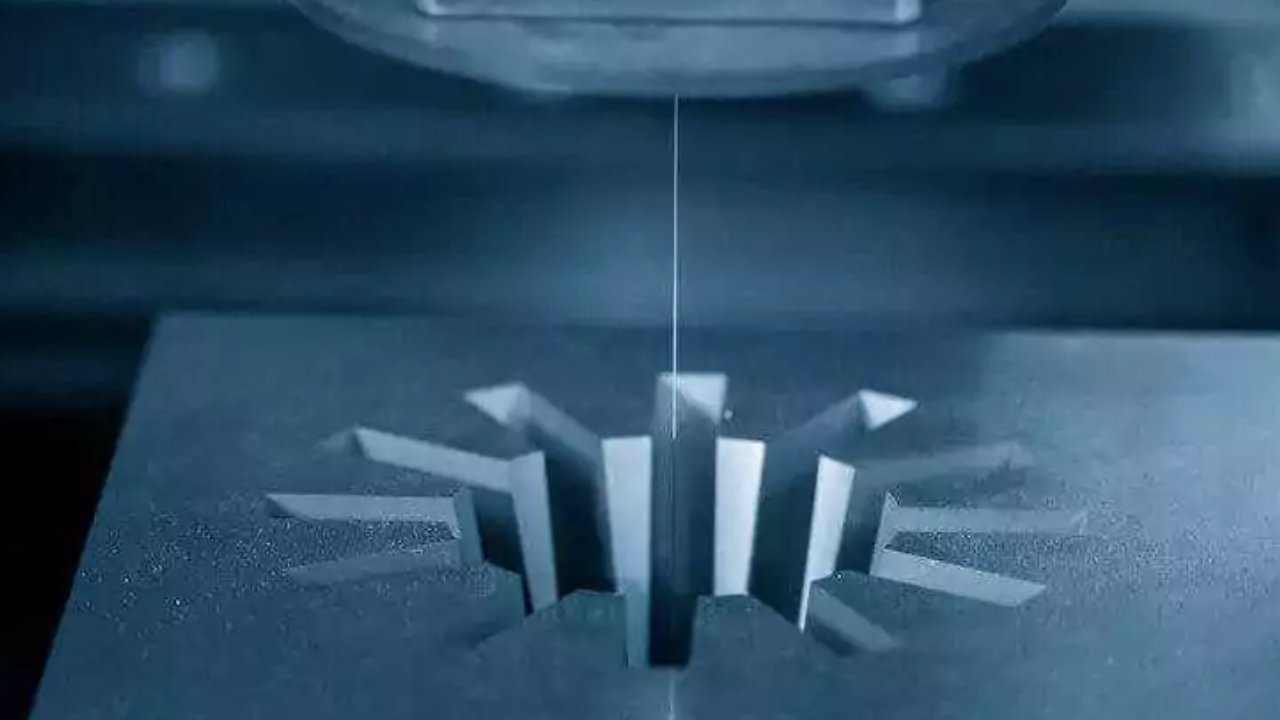Not like hot forging, it does now not involve heating the metal earlier than forming. Cold forging complements the material’s mechanical properties, inclusive of electricity and hardness, through painting hardening. This technique is efficient, presenting high precision and high-quality surface end, making it ideal for producing large portions of components like fasteners, bolts, and automotive components.
Common materials used in cold forging consist of carbon metal, alloy metal, chrome steel, aluminum, and copper. The manner includes operations that include heading, extrusion, and coining, and calls for the right lubrication and tooling to reduce friction and put on. The use of cold forged is growing in popularity among companies looking to produce metal parts at a cheaper price without sacrificing quality. Cold forging is valued for its ability to supply durable, high-quality components with minimum waste.
Fundamental Procedures for Cold Forging
Cold forging, also known as cold forming, is a metalworking process where metal is formed at room temperature using excessive pressure. This technique is extensively used for generating high-electricity components with incredible surface finish and dimensional accuracy. Here’s an outline of the essential tactics used in cold forging.
Material Selection
The system starts with deciding on the Quality materials. Not unusual materials used in cold forging consist of carbon steel, alloy steel, chrome steel, aluminum, and copper. The material needs to possess sufficient ductility to endure plastic deformation without cracking during the cold forging manner.
Preparation of Raw Material
As soon as the material is selected, it is reduced to the required duration, forming blanks or slugs. This step guarantees the right amount of material is to be had for forming, decreasing waste, and improving efficiency. The blanks are frequently cleaned to dispose of any surface contaminants that could affect the forging system or the very last product.
Lubrication
Lubrication is important in cold forging to reduce friction between the workpiece and the dies, save you from galling, and enlarge the die’s existence. Not unusual lubricants encompass soap-based compounds, phosphates, or unique artificial lubricants. The selection of lubricant relies upon the material being forged and the specific forging procedure used.
Tooling Setup
Tooling in cold forging includes dies, punches, and other ancillary gear that shape the steel. Dies are precision-made tools that determine the final form of the part. They are often made from high-electricity materials like tool metal and are designed to resist high pressures. Proper alignment and upkeep of tooling are important to ensure the high quality of the forged components and the durability of the equipment.
Quality Control
All through the cold forging procedure, rigorous first-class manipulation measures are important to ensure the integrity and consistency of the elements. This consists of everyday inspection of the forged components for dimensional accuracy, surface end, and mechanical properties. Non-adverse checking out techniques which include ultrasonic testing or magnetic particle inspection may also be used to come across any internal defects.
Post-Processing
After forging, parts may also require additional put up-processing to acquire the favored properties and end. Commonplace submit-processing steps include warmness treatment to decorate mechanical residences, surface treatments like plating or coating for corrosion resistance, and machining for specific dimensional manipulation.
Final Inspection and Packaging
The final step in the cold forging method is an intensive inspection to ensure all parts meet the desired specs. This consists of checking dimensions, mechanical homes, and surface exceptional. As soon as components skip an inspection, they are packaged as they should be to save you damage for the duration of transportation and storage.
Final Words
Cold forging is an exceedingly efficient and specific manufacturing process used to provide a wide variety of high-electricity metallic additives. By cautiously following the fundamental strategies from material selection and preparation to forging operations and quality control manufacturers can achieve steady, outstanding outcomes. As a result, cold forging is a preferred technique for producing components for automobiles, aerospace, electronics, and many different industries.

